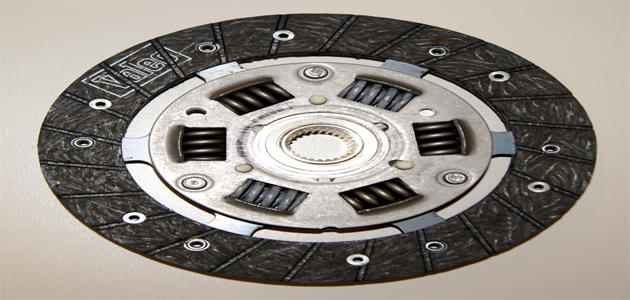
The Valeo Service UK technical support team deals with a range of questions every day, but a recurrent topic seems to be the subject of flexible flywheels. An evolution of the rigid flywheel, the flexible flywheel incorporates a solid, outer rotating part and a thinner ‘flexible’ plate, which are secured together. The aim of the flexible flywheel is to provide additional spring mass, which changes the resonant frequency of the vehicle’s drivetrain. As a result, vibration is kept to an absolute minimum when the engine is operating within its normal speed range.
Flexible flywheel advantages
There are several advantages to a flexible flywheel including reduced engine noise, minimal vibrations experienced through the pedal and reduced stress on the crankshaft. When it comes to replacement, it is recommended that the flexible flywheel is replaced at the same time as the clutch because the flexible plate acts in a similar manner to a spring, which will wear during use. If this wear is excessive, it can potentially cause damage to a number of parts, such as the drive train, clutch, engine and gearbox. For this reason, it is important that the flexible flywheel is changed periodically to avoid a problem further down the line.

The technology
On some clutch kits, the dampening springs are loose and rattle prior to being fitted to the vehicle. Many make the mistake of believing this is due to a faulty dampening mechanism, when in actual fact the component has been designed to operate in this way. A clutch and flywheel mechanism serves a number of purposes, including transferring 100% of the torque generated by the engine to the gearbox, enabling the engine to disconnect from the gearbox when necessary, dampening torsional vibration pulses (acyclism) from the engine to the gearbox, as well as minimising vibrations transferred to the cabin.
Pre-damper system
On some engine and gearbox combinations, these acyclism at low loads – such as when the vehicle is idle – means the primary dampening springs are not always sufficient to dampen these vibrations. As a result, a pre-damper system is needed. Then, once the load increases, the primary dampening spring will come into effect and will then provide the dampening specifications needed. This is a normal characteristic of several clutch kits that Valeo supplies to the aftermarket, such as reference 821183 which can be fitted to most Renualt vehicles.









